This robot hand is made of lab-grown human muscles
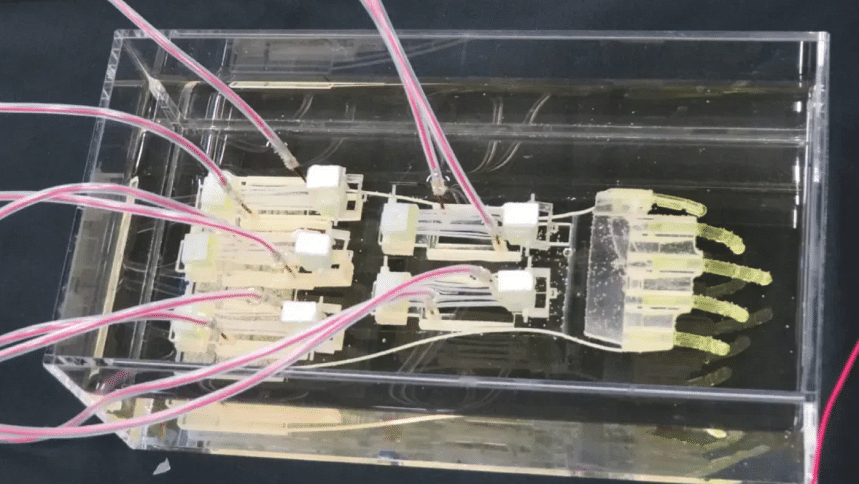
Researchers from the University of Tokyo and Waseda University in Japan have developed a biohybrid robot hand powered by lab-grown human muscle tissue, capable of performing complex gestures like a scissor motion and grabbing objects.
The innovation, detailed in an official University of Tokyo press release, marks a significant leap toward advanced prosthetics and biohybrid robotics.
How it's made
The hand features 'Multiple Muscle Tissue Actuators' (MuMuTAs), thin strands of lab-grown human muscle tissue rolled into bundles resembling sushi rolls. These MuMuTAs act as artificial tendons, providing the strength needed to move the 18-centimetre-long, 3D-printed plastic hand—a dramatic scale-up from earlier biohybrid devices, which were limited to 1-centimetre structures or single-joint movements, says the press release.
In the official statement, Professor Shoji Takeuchi, the lead researcher, explained that stacking slender muscle tissues prevented necrosis (tissue death caused by nutrient shortages in thicker muscles). Each MuMuTA bundle is cultured on a flat surface for optimal fibre alignment and then rolled into a 3D shape to maximise contraction power and consistency.
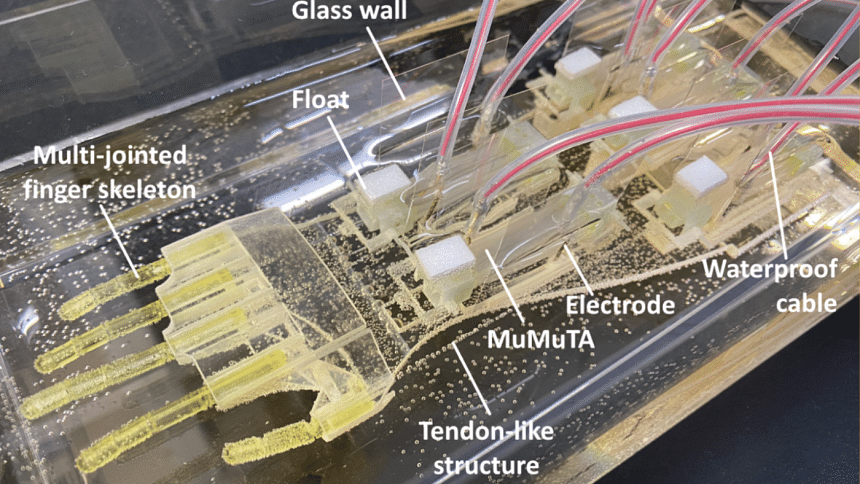
How it works
The hand's gold electrodes deliver electrical currents through waterproof cables, stimulating the MuMuTAs to contract. A cable-driven mechanism converts these contractions into finger movements. For example, contracting the little finger, ring finger, and thumb creates a scissor gesture. The hand can also grasp objects, like a pipette tip, by coordinating multiple fingers.
However, the muscles fatigue after 10 minutes of use, recovering strength after an hour of rest—a behaviour mimicking natural human tissue. "Observing such recovery in engineered muscles was fascinating," said Takeuchi.
The hand operates while suspended in liquid to reduce friction on its muscle anchors. It also cannot actively straighten its fingers; they float back passively. Future versions may add elastic materials or opposing MuMuTAs for better control, says the makers.
Why this matters
This breakthrough addresses a major hurdle in biohybrid robotics: scaling up size and complexity. The team envisions applications in lifelike prosthetics, drug testing, and studying muscle function. "MuMuTAs are a milestone," said Takeuchi. "Once basic challenges are solved, this tech could transform prosthetics or help test surgical techniques."
While still lab-bound, the hand's ability to mimic human gestures—like winning at rock, paper, scissors—signals a future where robots move with the nuance of living tissue.
You can read the full paper on this biohybrid hand, titled 'Biohybrid hand actuated by multiple human muscle tissues' by Xinzhu Ren, Yuya Morimoto, and Shoji Takeuchi, here.

 For all latest news, follow The Daily Star's Google News channel.
For all latest news, follow The Daily Star's Google News channel. 

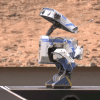
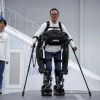
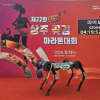
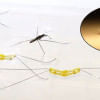



Comments